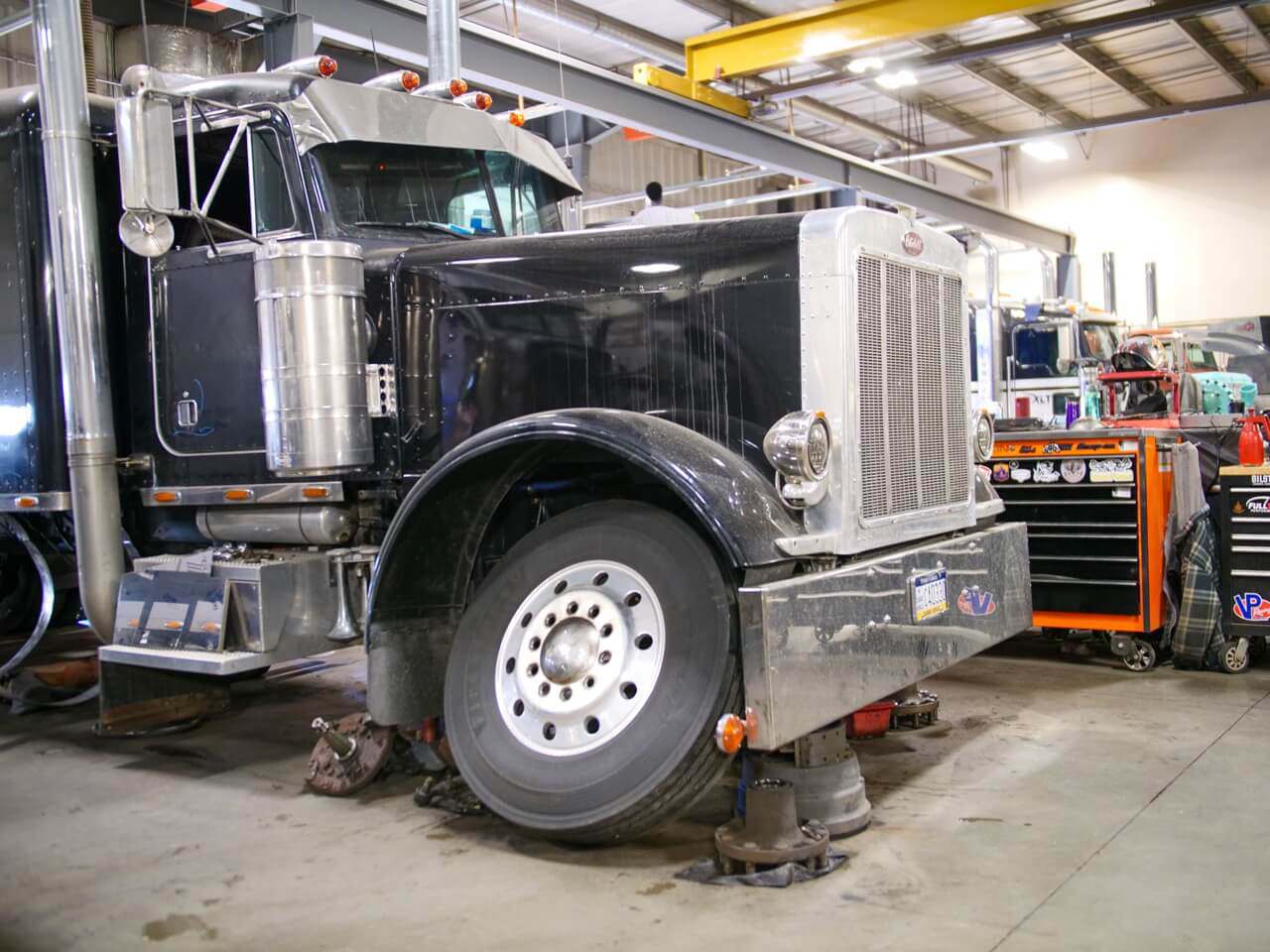Winter Challenges for Heavy-Duty Diesel Truck Drivers

Winter is approaching quickly. This might cause a lot of problems on the road if you're a truck driver. Punctuality and safety are essential for truckers. Adding ice, snow, and mechanical issues to the mix makes things much more complicated. Let's take a closer look at a few winter driving challenges that truckers confront.
Filters getting clogged
If you're a trucker, you're probably aware of one of the winter's most prevalent challenges truckers face: frozen diesel filters. When it gets cold enough outdoors, the diesel can thicken and turns into sludge. To use the cabin warmth and the flow of diesel to keep the filter unclogged, many truckers leave their trucks idling for lengthy periods.
The issue is that the southern states do not apply winter additives to their diesel fuel to prevent it from gelling. You'll need to know what sorts of additives operate in your diesel system if you're dropping off a cargo down south and need to refill before heading north. You should also have a few additional filters available and a plug-in heater to thaw out your diesel filter in an emergency.
Large vehicles are susceptible to the freezing and clogging of diesel filters in cold weather. When stopped, some truck drivers like to idle their vehicles so that the cabin heat may heat up the filter and keep it clean.
The risk is greater if you begin in a hotter region and then travel to a colder one. The reason behind this is that in warmer areas, diesel is not usually treated with anti-gelling chemicals. While this is good in warmer regions, it may become an issue as you travel north.
Icy highways
Truck drivers' most evident challenge throughout the winter is driving over ice and snow. However, there are things you can do to reduce the danger of driving in less-than-ideal conditions, such as taking your turns gently and methodically. You may also double-check that you've kept up with your truck's preventive maintenance and that it's running on the right tires.
Frozen roads are one of the most difficult challenges for truckers attempting to make accurate maneuvers and manage steep slopes. Although great tires and regular maintenance make a significant impact on how well your vehicle handles snow and ice, even the best technology requires a skilled operator. The best thing truckers can do is drive slowly and steadily as they design their course.
One of the most serious issues for truckers is black ice. Black ice is so thin that it is almost unnoticeable on the road, and it is often at a temperature that makes it very slippery on the surface. Many individuals have perished in vehicle accidents because they sped into crossings that were covered in black ice without realizing it. The most dangerous aspect of ice for trucks is jackknifing. They always face the danger of jackknifing and spinning out of control if they brake during curves.
Clusters of traffic
When bad weather strikes, it's only natural for vehicles to congregate in one area. This is because there will always be one motorist that drives far slower than the rest. And the other irritated drivers have no option but to follow closely behind at a sluggish speed, and they risk being passed if they retain too much space. Drivers also congregate because following other vehicles in the dark is easier if you are close to their taillights.
You have no option as a truck driver except to maintain safe following distances. Because your truck has so much inertia on icy roads, you take significantly greater risks if you drive too near to other vehicles. You can practically glide along like a hockey puck if the weather is bad enough.
In slippery winter weather, it's essential to keep as much distance between you and other traffic as possible. While it's typical for automobiles and trucks to "cluster" and travel close to one another, it's safer to keep a safe gap between them. You should make every effort to establish a buffer zone in front and behind your vehicle, as well as on all sides.
Steep inclines
Inclines and dips are more difficult to navigate in the cold than level terrain. Larger vehicles should take their time and not hurry up these hills.
Driving too fast
Although it may be tempting to go as fast as possible when dealing with a winter storm, it is critical to take things slowly. You should take it slow and steady when there is ice and snow on the ground.
Defective equipment
It's also crucial to keep an eye on the condition of your truck's equipment, which is especially critical during the winter months. When driving in bad weather, be aware of any warning lights or signs that may suggest that things aren't working properly. After all, being trapped on a rural roadway with a broken-down vehicle is the last thing you want.
If you are towing a trailer, it is equally critical that you pay attention to the condition of the trailer. It's essential to keep an eye on your trailer tires to make sure they have the correct tire pressure and that they’re in good condition.
Conclusion
The most significant tips for being safe this winter are to ensure your heavy-duty truck is up to date on preventive maintenance services and to remain cautious and confident when driving in harsh weather conditions. By being aware of possible winter driving hazards, you can better prepare yourself for possible risks and
Other Posts

The Role Of Heavy-Duty Truck Wraps And Decals In Fleet Management

Choosing The Best Heavy-Duty Truck Repair Shop - 5 Things To Consider

